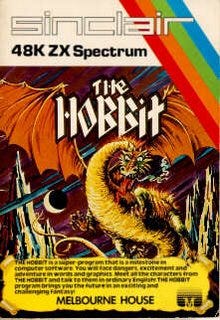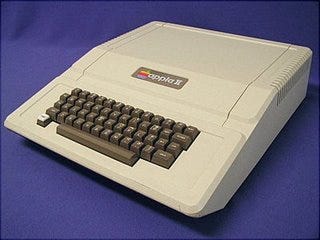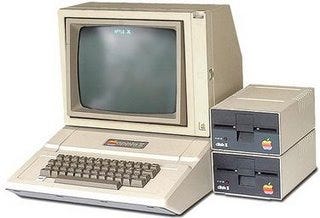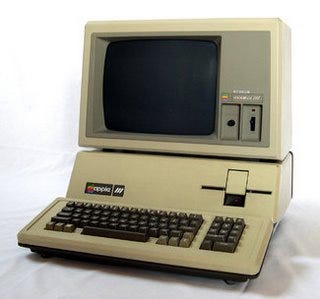A Life of Software Development - Personal computers, Apple //, Apple III and Pascal
1982-1984
My transition from punched cards to a terminal had been quite rapid, in the space of 4 years, but that was nothing like the transition to personal computers that would follow.
The year I graduated and started to work as a research assistant, the department bought some personal computers. These ran the CP/M operating system and could run the early games like PacMan. The operating system was a precursor for the PC DOS but was simpler. I seem to remember that these personal computers were used for a brief period, about 2 years.
At the same time some of my friends had bought the Sinclair ZX Spectrum, a cool home computer that you could connect to your TV, load programs from its cassette player and enter data from the built-in keyboard. The keys were like bubble gum, the cassette frequently failed, but this was an amazing improvement from the mainframes. The first game I played on the ZX Spectrum was a game implementation of Tolkien's Hobbit. I had done the first translations for the ZX Spectrum manuals for a petty amount for the importer of the computer.
Around the same time period, I accompanied my MS Thesis Advisor to visit a company to see a new personal computer, the Apple II.
When I saw the Apple II, I instantly liked it. Now, 40 years later, I think it was more likely the Apple II Plus, since it already had floppy disk drives (5.5 inch ones) and it came loaded with Applesoft Basic and UCSD Pascal.
I had started using UCSD Pascal on the CDC Cyber at the university and it did not hurt to use it on this new personal computer as well.
Pascal was another example of a Structured Language, but it was quite different. The first difference was apparent from the fact that you could define complex data structures, as compared to arrays that Fortran allowed. UCSD Pascal also had the additional feature that it was compiled to an internal representation called the p-code, rather than compiling directly into machine code. This was a precursor of the Java Virtual Machine or Microsoft's .NET Framework, albeit much simpler. It was easier to debug compiled code in p-code than debugging it in machine code directly.
One of my brilliant computer moments was when I first saw Visicalc, the world's first spreadsheet program. It was a rather ingenious invention, but it seemed so clever to me at that time that I remember admiring the inventor, Dan Bricklin. It was primitive by today's standards, and the user interface (on a text-based computer) was not very impressive, but to be able to write formulas into boxes and see the values change based on related cells was really exciting at that time.
Soon afterwards I started using Apple's "Business Computer", namely the Apple III. This was by far the most advanced personal computer at the time, and although it contributed later to a substantial commercial and marketing failure at Apple, for me it was the personal computer that was most suitable for proper programming. It could have up to 256K of RAM by switching between 64K of memory. It even had a hard disk (called ProFile) with a huge capacity of 5 MBytes!
I was studying Project Management at the time, and it did not take me so long to write a Project Management (using the Critical Path Method) program on the Apple III using Pascal. We used it for an academic activity and it was received with some interest. Pascal was certainly better than Fortran, since it took programming to a much more structured state and got rid of the chaoic constructs like the GOTO. (Admittedly, if you use too many IF or CASE statements, you can produce spagetti code in Pascal as well)
I started working for an Apple distributor, and I was responsible for support, mostly in the software area. After office hours, I would stay and program a simulation compiler in Pascal on the Apple III for my M.S. thesis. This would usually bring me close to midnight, and the whole cycle would start the next morning. But I was a good Apple III user and programmer at that time.
The IBM PC was introduced in the same year as the Apple III and it would be an immediate success.





